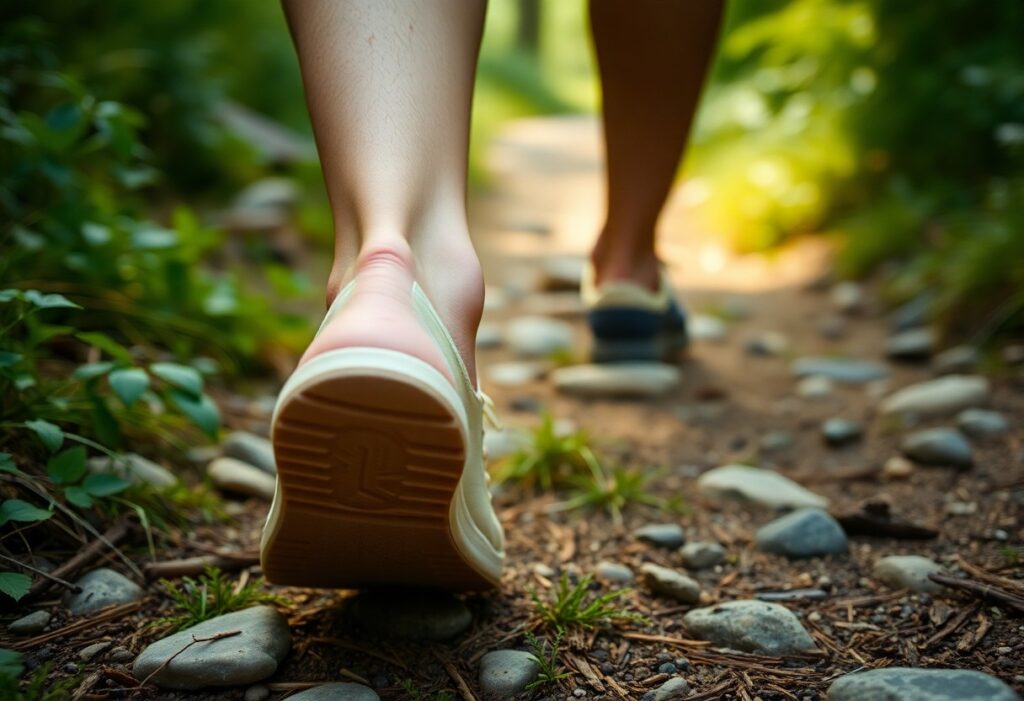
Microdosing barefoot shoes offers you a revolutionary approach to foot health and natural movement. If you’re tired of restrictive footwear, these minimalist shoes can transform your walking and running experience. By gradually introducing barefoot-style shoes into your daily routine, you’ll allow your feet to strengthen naturally and regain their innate biomechanical potential. The key is a slow, intentional transition that helps your muscles, tendons, and ligaments adapt without risking injury. Whether you’re an athlete, professional, or fitness enthusiast, this guide will walk you through safely embracing the barefoot shoe lifestyle, helping you reconnect with your body’s natural movement patterns.
Foundations of Microdosing Barefoot Shoes
The foundations of microdosing barefoot shoes center on a gradual, strategic approach to transitioning your footwear. You’ll systematically introduce minimalist shoes into your daily routine, allowing your feet to adapt naturally and build strength. This method focuses on incremental exposure, helping you develop foot muscles and biomechanical awareness without overwhelming your body’s existing movement patterns.
What Is Barefoot Microdosing
Before understanding barefoot microdosing, you must recognize it as a deliberate, measured strategy for introducing minimalist footwear. This approach involves progressively increasing your time in barefoot shoes, starting with short periods and gradually expanding wear time. By breaking down the transition into small, manageable steps, you minimize potential discomfort and reduce injury risk.
Benefits and Science Behind the Method
Behind barefoot microdosing lies substantial scientific research. Studies demonstrate that minimalist shoes can improve foot muscle strength, enhance proprioception, and promote more natural movement patterns. By allowing your feet to move and function as they were evolutionarily designed, you can potentially reduce chronic pain and improve overall lower body biomechanics.
Also, barefoot shoe microdosing offers significant physiological advantages. Research indicates that gradual exposure can lead to increased foot muscle volume, improved balance, and more efficient energy transfer during movement. By engaging intrinsic foot muscles often dormant in traditional footwear, you’re vitally retraining your body’s fundamental movement mechanics, potentially reducing injury risks and enhancing overall physical performance.

Starting Your Journey
It is time to commence on your barefoot shoe transformation with a strategic and mindful approach. Your feet are about to experience a revolutionary change that will challenge traditional footwear norms. By understanding the principles of microdosing barefoot shoes, you’ll gradually build foot strength, improve biomechanics, and reconnect with your body’s natural movement patterns.
Initial Assessment
An honest evaluation of your current foot health and movement patterns is imperative before beginning your barefoot shoe journey. Assess your existing foot strength, flexibility, and any potential discomfort or limitations you may experience with traditional footwear. This self-examination will help you create a personalized transition strategy that aligns with your individual physical needs.
Choosing Your First Barefoot Shoes
Your first pair of barefoot shoes should prioritize comfort, flexibility, and minimal design. Look for shoes with a wide toe box, zero-drop sole, and thin, flexible material that allows natural foot movement. Consider brands known for quality minimalist footwear like Xero Shoes or Vivobarefoot.
Also, pay attention to specific features that enhance your barefoot shoe experience. Seek shoes with minimal cushioning, lightweight construction, and a flexible sole that mimics barefoot walking. Consider factors like your primary activity (walking, running, everyday wear), foot shape, and personal comfort preferences when making your selection.
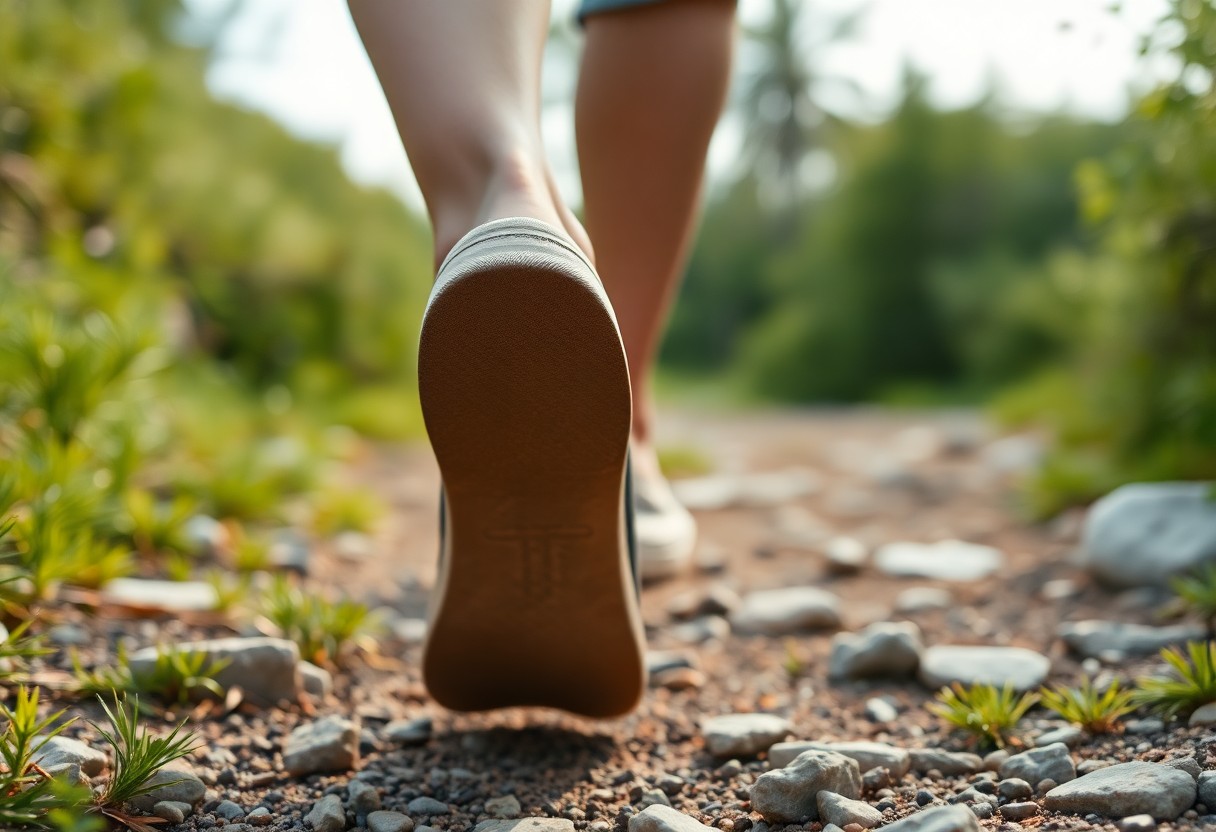
The Transition Protocol
You will launch on a strategic journey to transform your foot mechanics through barefoot shoes. This protocol provides a systematic approach to gradually introducing minimalistic footwear into your daily routine. By following a carefully designed progression, you’ll minimize potential discomfort and maximize the biomechanical benefits of natural foot movement. Your transition will focus on incremental exposure, muscle adaptation, and careful body awareness.
Daily Duration Guidelines
Across your transition, start with short 15-30 minute barefoot shoe sessions, gradually increasing duration. Begin with indoor walking, then progress to outdoor surfaces. Aim to increase wearing time by 10-15 minutes daily, listening to your body’s signals. By week four, you should comfortably wear barefoot shoes for 2-3 hours continuously. Monitor foot fatigue and muscle adaptation during this process.
Activity-Based Progression
Progression through barefoot shoe adaptation involves strategic activity selection. Start with low-impact activities like walking, then advance to standing, light walking, and eventually more dynamic movements. Your goal is to build foot strength progressively, allowing muscles and connective tissues to adapt without overwhelming them.
The activity-based progression is a nuanced approach to barefoot shoe integration. Each activity level represents a specific challenge for your feet: walking challenges basic muscle engagement, while running demands complex biomechanical coordination. By systematically introducing different movement patterns, you’ll develop comprehensive foot strength and proprioception. This method ensures gradual muscle conditioning and reduces injury risk during transition.
Physical Adaptations
Once again, your body undergoes a remarkable transformation when transitioning to barefoot shoes. Your musculoskeletal system begins to recalibrate, with muscles, tendons, and ligaments adapting to a more natural movement pattern. You’ll experience gradual changes in foot mechanics, proprioception, and overall biomechanical efficiency as your body learns to move with increased natural foot strength and flexibility.
Muscle Development Phases
Before launching on your barefoot shoe journey, you’ll encounter distinct muscle development stages. Initial weeks trigger intrinsic foot muscle activation, with smaller stabilizing muscles becoming more engaged. Your foot’s arch and toe muscles will gradually strengthen, improving overall foot function and reducing dependency on artificial support.
Common Adjustment Symptoms
On transitioning to barefoot shoes, you might experience temporary discomfort. Muscle soreness, increased foot fatigue, and mild calf tension are typical initial responses. These symptoms indicate your body’s adaptation process and should not cause alarm.
To understand adjustment symptoms more comprehensively, recognize that your body is recalibrating movement patterns. Initial discomfort signals positive muscular engagement. You might experience increased foot sensitivity, mild arch strain, and temporary balance adjustments. Potential symptoms include temporary heel sensitivity, calf muscle tightness, and increased awareness of foot mechanics. These are normal physiological responses as your body relearns natural movement patterns.
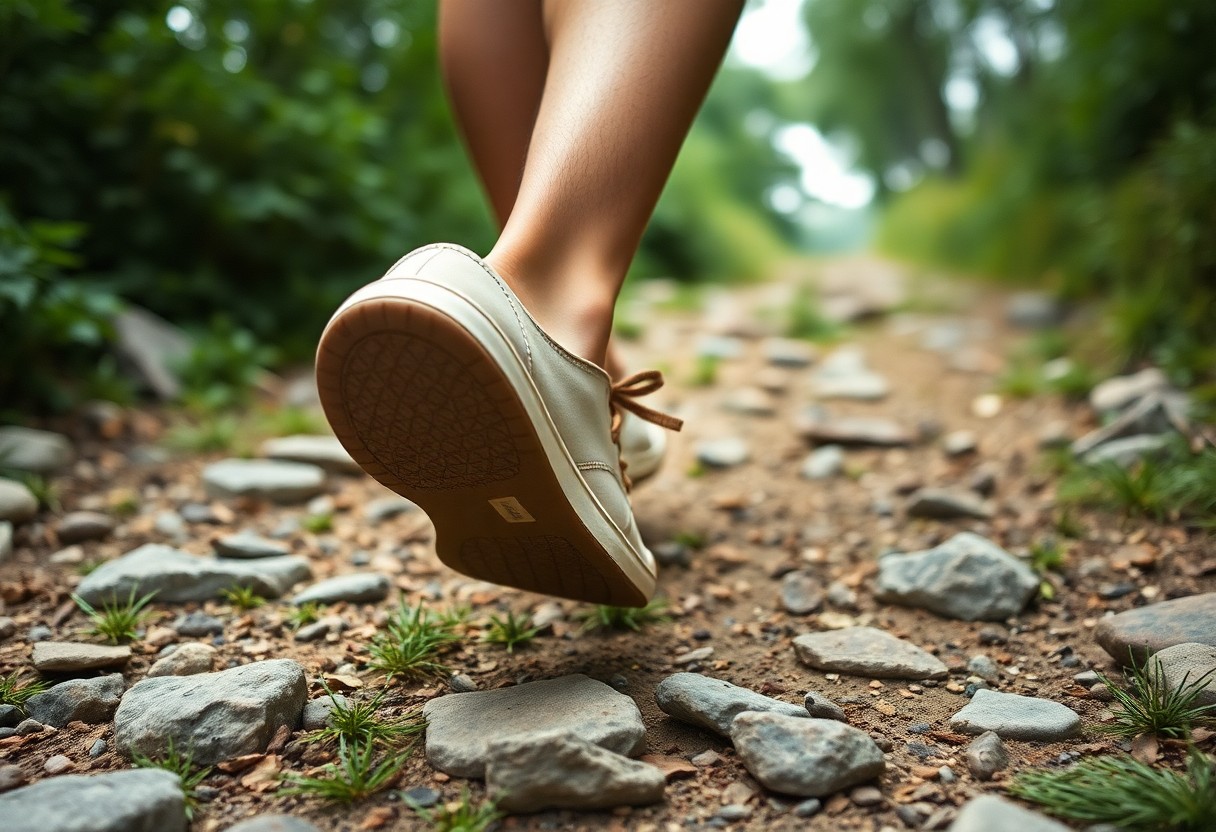
Movement Patterns
Not all movement is created equal when transitioning to barefoot shoes. Your body will experience a significant shift in biomechanics as you adapt to minimalist footwear. This process involves retraining your muscles, joints, and nervous system to move more naturally, engaging core foot muscles that traditional shoes typically suppress.
Walking Techniques
Across your barefoot shoe journey, you’ll discover a more natural walking pattern. Your foot strike will gradually change, moving from a heel-first approach to a more midfoot or forefoot landing. This technique helps distribute impact more evenly and reduces stress on your joints, allowing for a more efficient and biomechanically sound walking motion.
Standing and Balance Training
At the core of barefoot shoe adaptation is improving your standing and balance capabilities. You’ll develop enhanced proprioception and muscle engagement, strengthening the intrinsic muscles of your feet that support stability and movement.
To maximize your balance training, you’ll want to incorporate specific exercises that challenge your foot and ankle stability. Start with simple balance exercises like single-leg stands, progress to unstable surface training, and gradually increase complexity. Barefoot shoes provide sensory feedback that helps you develop better body awareness and control. Focus on exercises that engage your foot core, improve ankle mobility, and build overall lower body strength. Consider practices like yoga, tai chi, or specific barefoot balance drills to accelerate your adaptation to minimalist footwear.
Progress Tracking
Now that you’ve started your barefoot shoe journey, tracking your progress becomes important. Monitoring your body’s adaptation helps you understand how your feet are responding to the new movement patterns. You’ll want to document changes in muscle strength, flexibility, and overall comfort to ensure a safe and effective transition to minimalistic footwear.
Weekly Assessment Methods
Behind every successful barefoot shoe transition lies a systematic approach to tracking your progress. You should create a weekly log that captures key physical indicators such as muscle soreness, range of motion, and any discomfort levels. Photograph your feet periodically to visually document changes in muscle definition and alignment.
Milestone Markers
To effectively gauge your barefoot shoe adaptation, establish clear milestone markers that signal your progress. These might include pain-free walking distances, improved balance, and increased foot muscle strength. Track metrics like the number of hours you can comfortably wear barefoot shoes and any reduction in previous foot or leg discomfort.
Progress in barefoot shoe transition isn’t just about physical changes. Significant milestones include developing better proprioception, experiencing reduced joint stress, and noticing improved posture. Your body will communicate its adaptation through reduced muscle tension, increased foot flexibility, and a more natural walking or running gait. Pay attention to these subtle yet critical indicators of successful barefoot shoe integration.
To wrap up
The journey to stronger, healthier feet through barefoot shoes is a gradual process that requires patience and mindfulness. You will discover that transitioning step by step allows your body to adapt naturally, reducing the risk of injury and improving overall foot strength. By embracing this approach, you can transform your walking and running experience, enabling your feet to move as nature intended. Your commitment to this gentle transition will ultimately reward you with improved biomechanics, enhanced foot muscle engagement, and a more connected movement experience.


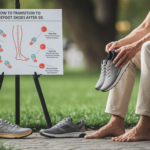
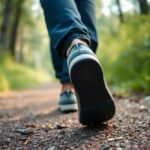
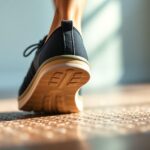
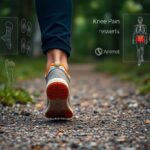
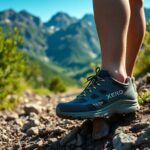

I completely resonate with the idea of microdosing barefoot shoes! I’ve been transitioning to minimalist footwear for a while now, and it’s been quite the journey for my feet. At first, I felt a little awkward without all that cushioning, but gradually, I noticed my posture and balance improving.
Transitioning to minimalist footwear can really change how we connect with our environment, and it’s interesting to hear how you’ve navigated your journey. It’s not uncommon to feel that sense of awkwardness at the beginning. Many people find that the lack of cushioning initially feels strange, as our feet have often been used to so much support. What you’re experiencing—this gradual reawakening of the natural mechanics of your feet—is something I think is worth discussing further.
Your discussion on microdosing barefoot shoes resonates deeply with me, particularly the emphasis on a gradual transition. It reminds me of my own journey with minimalist footwear. Initially, I struggled with the idea of giving up my more structured shoes, but once I began introducing a pair of minimalist shoes into my routine—just for short walks—it opened up a new world of awareness about how I move.
The concept of microdosing barefoot shoes truly resonates with me, particularly because I’ve recently embarked on my own journey towards embracing minimalist footwear. It’s fascinating how our society often prioritizes aesthetics and cushioning in shoes, overlooking the crucial roles our feet play in overall health and movement. For years, I suffered from foot pain and discomfort, often attributing it to my active lifestyle and occasional long runs. However, since I started incorporating barefoot shoes into my routine, I’ve noticed a significant change—not just in my foot health, but in my entire approach to movement.
It’s great to hear that you’ve found a positive change in your foot health through minimalist footwear. The journey to embracing barefoot shoes can be pretty transformative, not just physically but also in how we perceive movement itself. It’s interesting how our societal emphasis on aesthetics often blinds us to the basic mechanics of our bodies.
You’ve touched on something really important. The shift to minimalist footwear isn’t just about comfort; it’s also about reconnecting with how our bodies were designed to move. It’s fascinating to think that we often prioritize style over function, and in doing so, we can miss out on what really matters—our health.
I find the concept of microdosing barefoot shoes intriguing, especially as someone who has been seeking a more natural approach to movement. It resonates with my own journey toward better foot health, which began when I discovered the impact that traditional footwear was having on my posture and overall well-being.
It’s great to hear that you’ve started your journey towards better foot health. Many people are just beginning to realize how our choice of footwear can shape not only our feet but also our posture and overall movement. Microdosing barefoot shoes can feel like a liberating experience, allowing your feet to reconnect with the ground in a more natural way.
I appreciate the insights shared in this post about microdosing barefoot shoes. It’s fascinating how something as simple as footwear can profoundly impact our overall health. I’ve dabbled in minimalist footwear before, and I can vouch for the benefits of allowing your feet to move more naturally. But like you mentioned, it really requires a thoughtful approach to transition properly—rushing into it can lead to some uncomfortable adjustments.
I appreciate how you highlight the importance of a gradual transition to barefoot shoes, which aligns well with the principles of functional movement and overall foot health. I’ve personally experienced the benefits of adopting a minimalist footwear approach, and it was a game-changer for my own running routine. Transitioning slowly truly made a difference; I remember starting with just short walks in lightweight shoes and gradually increasing my mileage as my feet strengthened.
I really appreciate the insights shared about microdosing barefoot shoes and their impact on foot health. I’ve personally begun to incorporate minimalist footwear into my routine, and the difference has been quite enlightening. Initially, I was skeptical about how much my choice of shoes could influence my overall posture and comfort, but the gradual transition has made me more aware of my body’s alignment and how it interacts with the ground.
Entering the world of barefoot shoes feels a bit like unlearning how to walk after you’ve been taught all your life to tiptoe around life’s hard truths. I took the plunge last summer, and let me tell you, my feet suddenly started acting like independent agents! It’s like they’ve been plotting a rebellion against my cushioned prison. At first, I felt like Bambi on ice, but now my feet are stronger than my will to skip leg day—who knew all that arch support was actually a crutch?
The concept of microdosing barefoot shoes is indeed fascinating and quite timely, especially as more individuals are becoming aware of the significance of natural movement in overall foot health. Transitioning to minimalist footwear resonates with my personal experience in a number of ways. A few years ago, I decided to abandon my conventional running shoes for a pair of minimalist ones after reading about how they could improve foot strength and posture. Initially, the shift was challenging; it required a commitment to gradually increase my wear time—something I can relate to in your discussion of a slow, intentional transition.